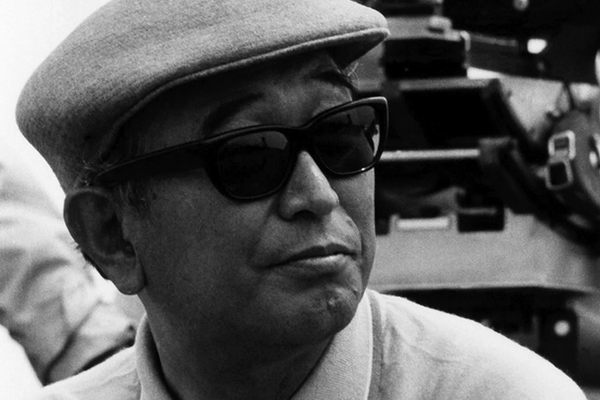Time travel has yet to be invented. Some would even say it is impossible. Others propose it to be a paradox – the mere existence of time travel would prove its nonexistence, exacting the reality of its existence while tearing to bloody shreds the fabric of space time and invariably sparking a new universe. And then there are the few who would argue that this is actually happening all the time. (Don’t check my science. I can tell you that it’s wrong. For actual expert information use the Internet.) Hey, did you feel that? It’s just happened. Oh there it goes again! That sneaky little space-time paradox.


For Alexandra Skye, time travel is not so abstract a concept. She is doing it right now. As you scroll through these images flanking the north and south of this paragraph she is frozen somewhere among them in a form of photographic temporal stasis. The photons that revealed her to my camera on a specific day in a specific place no longer exist in the same arrangement and may never be again. But being the sweetly bookish film theory student that Ms. Skye is, such postmodernist musings wouldn’t befuddle her so – though I think kids today call that shit “meta” – and she is acutely aware of this. Just look at that smirk. She knows. She can see that confused look on your face; she saw it way back when I first snapped that photo of her, well before you began reading this twisted little story and well before I wrote it.




So here we are (or were) amongst the pretty plants of the Huntington Gardens. Railroad magnate Henry Huntington’s Pasadena estate houses a fortune’s worth of literary and artistic artifacts nestled within a connoisseur’s collection of gardens; 25 acres of it all told, sectioned off in living representations of dizzyingly diverse microhabitats. There is a Japanese garden and a Chinese garden, a massive desert garden and a tropical conservatory, roses for days, and all manner of wild rarities that would make botanists soil themselves.




As one could imagine (where I may be going with this) much has changed since Mr. Huntington’s time. It must. That is the nature of a garden. It grows and adapts in space and time. There are those who would say that a garden collection is one of man’s most potent implementations of time travel (and money) – one where we attempt to create pockets of controlled change. Ever since that specific day Alexandra meandered through this concentrated nexus of globally thematic vegetation, much of it has already transformed with the passing of time. It has invariably grown. Some new seedlings are taking root, while several stocks are dissolving into their constituent subatomic parts. We may not be watching closely enough to notice, but there it is. You happen to be looking at a picture of a rare cactus that will metabolize until it can no longer take it. Then it will die, decay, and offer its entropied heat up to the heavens, which is also breaking slowly down, atom by atom, until the inevitable heat death of the universe. Yet there she is, a youthful and rosy Alexandra frozen in time, smiling slyly because she knows what’s up.



The Huntington
1151 Oxford Road, San Marino, CA


